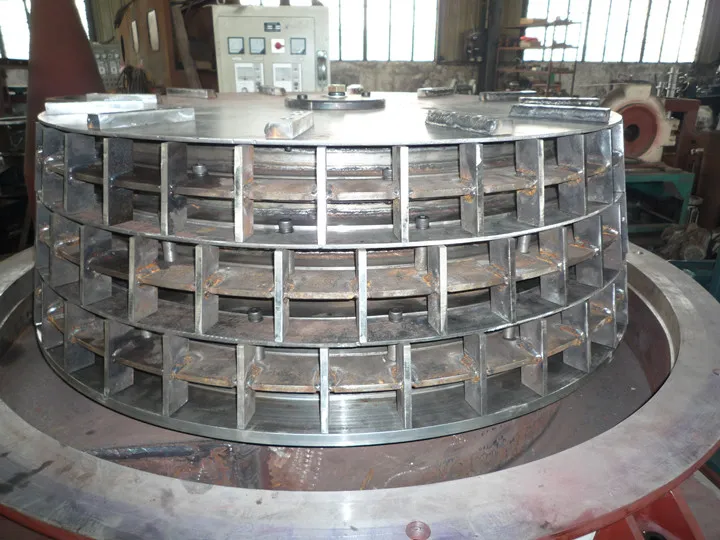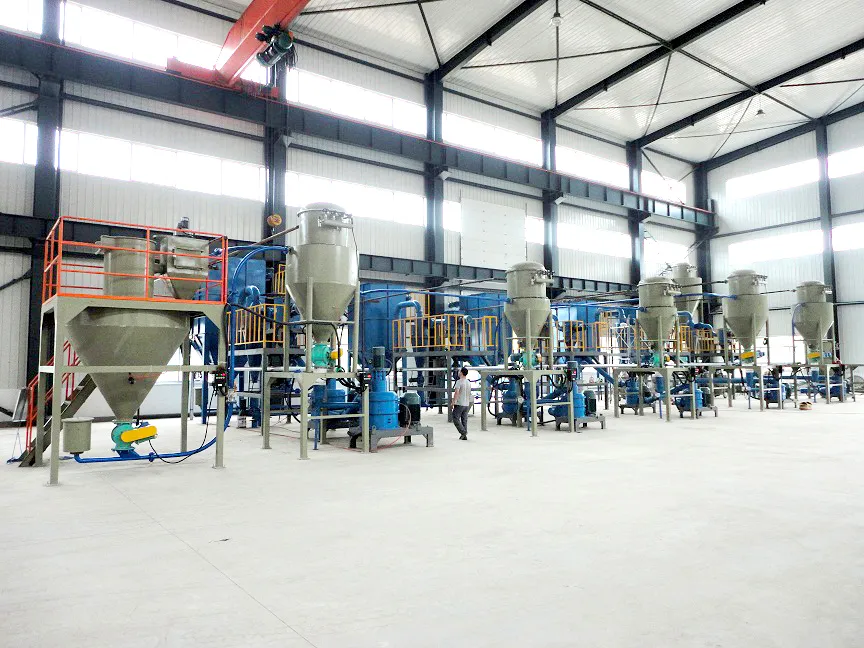Air classifying mills are widely used in various industries for the grinding and classification of materials. They are versatile machines that can process a wide range of materials, including chemicals, minerals, food products, and pharmaceuticals. Choosing the right air classifying mill for your specific needs is crucial to ensure optimal performance and efficiency. In this article, we will discuss the key factors to consider when selecting an air classifying mill.
- Particle Size Requirement: The first and most important factor to consider is the desired particle size of the final product. Air classifying mills can produce a wide range of particle sizes, from coarse to ultra-fine. It is essential to determine the particle size distribution required for your application and choose a mill that can achieve the desired results.
- Material Characteristics: Different materials have different properties that can affect the grinding and classification process. Factors such as hardness, moisture content, and abrasiveness of the material should be considered when selecting an air classifying mill. Some materials may require specialized mills with specific features to ensure efficient processing.
- Capacity and Throughput: The capacity and throughput of the mill are important considerations, especially for large-scale industrial applications. The mill should be able to handle the desired volume of material within the required time frame. It is essential to choose a mill that can meet your production requirements without compromising on quality.
- Energy Efficiency: Energy consumption is a significant operating cost for any grinding process. Choosing an air classifying mill with high energy efficiency can help reduce operational expenses. Look for mills with advanced design features, such as optimized airflow patterns and efficient motor systems, to minimize energy consumption.
- Maintenance and Cleaning: Regular maintenance and cleaning are essential to ensure the longevity and performance of an air classifying mill. Consider mills that are easy to dismantle and clean, with accessible internal components. Mills with self-cleaning options or automatic cleaning systems can also help reduce downtime and improve productivity.
- Safety Features: Safety should be a top priority when selecting any industrial equipment. Look for air classifying mills that comply with safety standards and regulations. Mills with features such as explosion-proof construction, interlock systems, and safety guards can help prevent accidents and protect operators.
- Cost and Return on Investment: Finally, consider the overall cost of the mill, including initial purchase price, operational costs, and maintenance expenses. It is essential to weigh the cost against the expected return on investment. Look for mills that offer a good balance between cost and performance to ensure long-term profitability.
In conclusion, choosing the right air classifying mill requires careful consideration of various factors, including particle size requirement, material characteristics, capacity, energy efficiency, maintenance, safety features, and cost. By evaluating these factors and selecting a mill that meets your specific needs, you can ensure efficient and reliable grinding and classification processes for your application.

